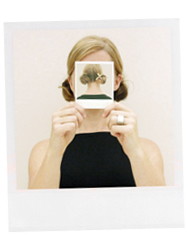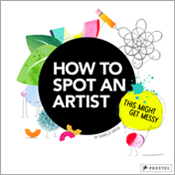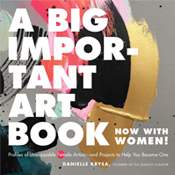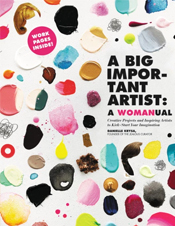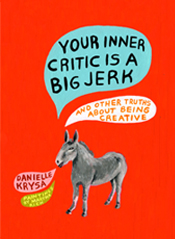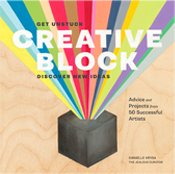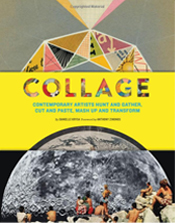Gasp! I love absolutely everything about this work by Seoul based artist June Lee. Beautiful broken shards, hand-painted patterns, and tufts of colorful yarn (!!!) working together to tell an entirely new story. All of these pieces are part of a much larger series titled “Today as History of Tomorrow”. Here is the full story behind this work, in June’s words:
“I was on a residency program in a remote rural town in the US, 16 hours away from Korea by plane, where I discovered a miniature pottery shaped like an old Korean artifact of Goryeo celadon. I was both blown away to find this small, palm-sized pottery shaped like a relic of the Goryeo Dynasty in such an unexpected place, as well as curious as to how this piece of pottery could have made its way to such a far distance as a countryside in the United States. Thinking that it’s probably a gift from someone or a souvenir, I also began to wonder if such an idea as an indigenous culture of a country actually exists.
I regard pottery as an indicator of history. The first art history class in university begins with the Altamira cave wall painting. The beginning of Korean history class begins with the Paleolithic period where pottery begins, which continues to the comb-patterned pottery in the Neolithic Era. As such, pottery is an indicator of history, and we learn about history based on the pottery discovered, because we can assume what region, cultural sphere and period it comes from just by looking at its shape, pattern and color.
However, would people living 100 years from today in year 2019, be able to assume the region, cultural sphere and period of the pottery of today? Would they be able to say that something that’s unique and indigenous to a certain area exists like it did in the past? In the present age, we can fly anywhere in the world, and live through various cultures we have never physically been to, vicariously through the internet, books and media. Elements indigenous to particular cultural spheres or specific regions are gradually becoming blurred, and slowly mixing with the present culture.
Through this project, I propose to produce pottery works that can function as indicators of the past in the future, when today becomes the history of tomorrow. My work involves researching indigenous patterns of cultures of different countries in the past, and applying it to contemporary shapes, patterns and images of contemporary art widely used today by searching on the internet. Such patterns and images are individually drawn by hand on fragmented pieces of pottery using thread and under glaze. Finally, these broken fragments are put together into the final outcome of a pottery (Korean crock), which will signify today as a history of tomorrow.
So beautiful. Happy Monday.


